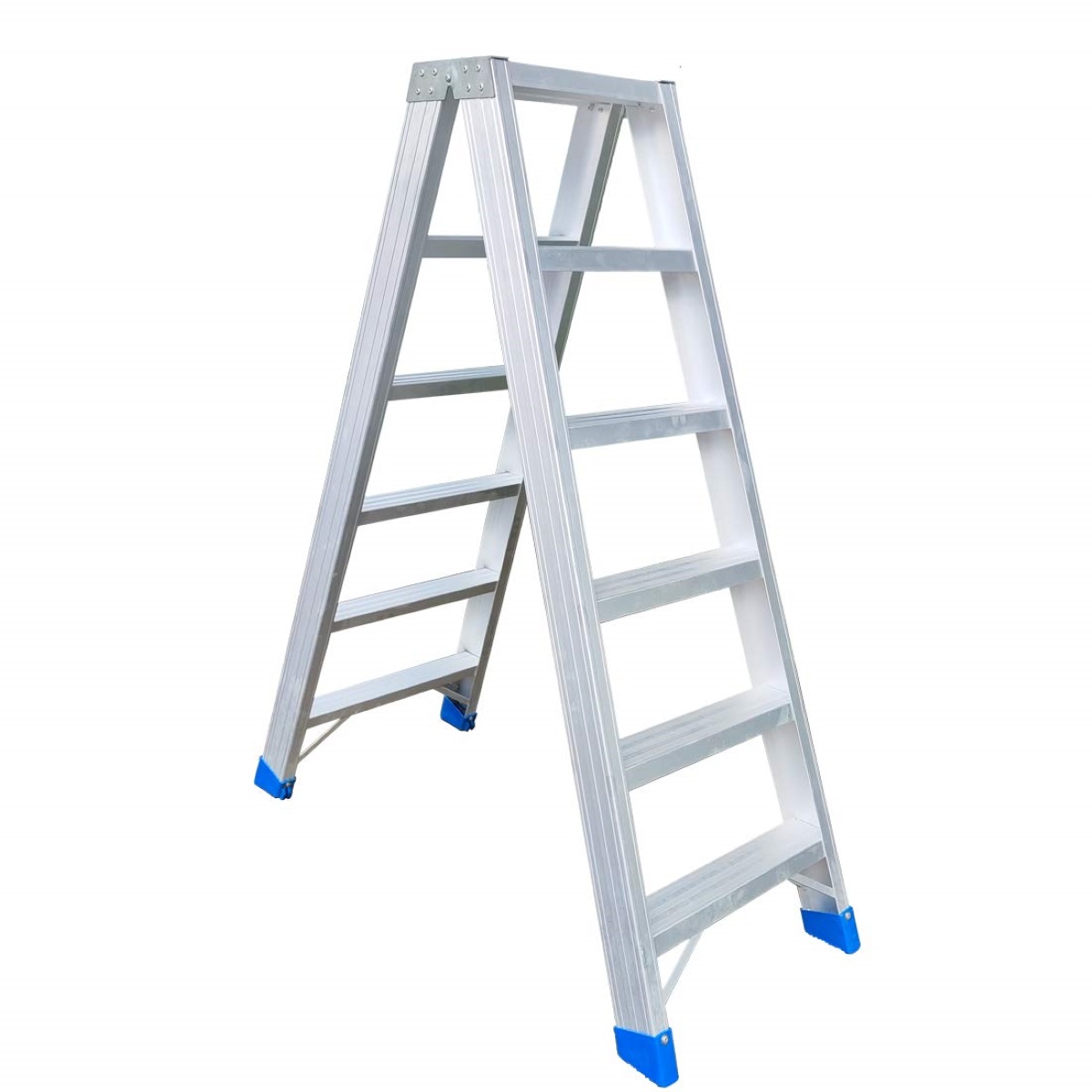

Articles
Which Ladder Is Self Supporting
Modified: October 22, 2024
Looking for articles on self-supporting ladders? Find out which ladder is the best option for your needs and ensure safety in your work with our informative articles.
(Many of the links in this article redirect to a specific reviewed product. Your purchase of these products through affiliate links helps to generate commission for Storables.com, at no extra cost. Learn more)
Introduction
In today’s fast-paced world, having the right tools is essential for getting the job done efficiently and safely. When it comes to working at heights, a self-supporting ladder is a must-have equipment for both professionals and DIY enthusiasts. These versatile ladders offer stability and convenience, allowing users to reach higher levels with ease.
So, what exactly is a self-supporting ladder? In simple terms, it is a ladder that is designed to stand on its own without the need for external support or leaning against a surface. This makes self-supporting ladders perfect for various applications, whether it’s painting a ceiling, accessing high shelves, or performing maintenance tasks.
In this article, we will explore the different types of self-supporting ladders available, their features, and factors to consider when choosing the right one for your needs. Whether you’re a professional contractor or a DIY enthusiast, this guide will help you make an informed decision and ensure your safety while working at heights.
Key Takeaways:
- Choose the Right Ladder
Consider height, weight capacity, material, and safety features when selecting a self-supporting ladder. Understanding the types and their unique benefits will ensure safety and efficiency for your tasks. - Prioritize Safety
Select a ladder with non-slip steps, stable feet, and locking mechanisms. Always follow safety guidelines, inspect the ladder regularly, and use caution when working at heights to prevent accidents or falls.
Read more: Which Phones Support Alexa
Understanding Self-Supporting Ladders
Self-supporting ladders are designed to provide stability and balance without requiring external support. Unlike traditional ladders that need to be leaned against a surface, self-supporting ladders have a freestanding structure that allows them to stand on their own. This feature eliminates the need to find a suitable surface to lean against, making self-supporting ladders more versatile and convenient.
Self-supporting ladders are typically equipped with wide, sturdy bases and non-slip feet to ensure stability on various surfaces. They are designed to distribute the user’s weight evenly, reducing the risk of tipping or wobbling. Additionally, these ladders often have built-in safety features such as locking mechanisms and anti-slip steps to further enhance user safety.
One of the advantages of self-supporting ladders is their ease of use. They are ideal for both indoor and outdoor applications, as they can be set up and moved around easily without the need for additional support or assistance. This makes them a popular choice for a wide range of tasks, from household chores to professional construction projects.
Another key feature of self-supporting ladders is their compact and portable design. Many self-supporting ladders are foldable, allowing for easy storage and transportation. This makes them a practical choice for those who have limited space or frequently need to transport their ladder from one location to another.
It’s important to note that self-supporting ladders come in various heights, weight capacities, and designs. The choice of ladder will depend on the specific requirements of the task at hand, as well as the user’s preferences and comfort level.
In the next section, we will explore the different types of self-supporting ladders available in the market, helping you understand their unique features and benefits.
Types of Self-Supporting Ladders
There are several types of self-supporting ladders available, each designed to cater to different needs and applications. Let’s take a closer look at some of the most common types:
- Step Ladders: Step ladders are one of the most popular and versatile types of self-supporting ladders. They have an A-frame design with evenly spaced steps on both sides, allowing users to climb from either direction. Step ladders are commonly used for household tasks such as painting, cleaning, and reaching high shelves.
- Platform Ladders: Platform ladders, also known as podium ladders, are similar to step ladders but feature a platform at the top. This platform provides a stable and spacious area for users to stand on, making it ideal for tasks that require longer periods of standing, such as painting or installing fixtures.
- Telescoping Ladders: Telescoping ladders are designed to extend and retract, allowing for easy height adjustment and compact storage. These ladders are typically made up of multiple sections that slide into one another. Telescoping ladders are versatile and suitable for a wide range of tasks, both indoors and outdoors.
- Extension Ladders: Extension ladders consist of two or more sections that can be extended to reach higher heights. These ladders are commonly used for outdoor tasks such as maintenance work, construction projects, and roof repairs. Extension ladders often have adjustable height settings and can reach impressive heights while maintaining stability.
When choosing a self-supporting ladder, it’s important to consider the specific requirements of your task, such as the height you need to reach and the weight capacity you require. Additionally, the design and material of the ladder should be taken into account to ensure durability and safety.
In the next section, we will discuss the factors to consider when choosing a self-supporting ladder to help you make an informed decision.
Step Ladders
Step ladders are a popular and versatile type of self-supporting ladder that is widely used in both residential and commercial settings. They are characterized by their A-frame design, with evenly spaced steps on both sides, allowing users to climb from either direction.
One of the main advantages of step ladders is their stability and ease of use. The wide base and evenly distributed steps provide a sturdy and secure platform for users to stand on. This makes step ladders an excellent choice for tasks that involve reaching moderate heights, such as painting walls, changing light bulbs, or accessing high storage shelves.
Step ladders come in various sizes, with different heights and weight capacities to suit different needs. It’s important to choose a step ladder that can safely support your weight and allow you to reach the desired height without compromising stability or balance.
Another notable feature of step ladders is their portability. Most step ladders are lightweight and foldable, making them easy to carry and store. This makes step ladders a practical choice for homeowners or professionals who frequently need to move the ladder between different locations or store it in a confined space.
When selecting a step ladder, there are a few key factors to consider. Firstly, ensure that the ladder is made from a sturdy and durable material such as aluminum or fiberglass. This will guarantee its longevity and resistance to wear and tear. Secondly, check the weight capacity of the ladder to ensure it can safely support your weight and any additional equipment or tools you may be using.
Safety features are also crucial when choosing a step ladder. Look for ladders with non-slip steps and rubber feet to prevent slips and falls. Additionally, consider ladders with integrated safety locks or stabilizing bars for added stability during use.
Overall, step ladders are a reliable and practical choice for a variety of tasks. Their stability, portability, and ease of use make them a favorite among homeowners, contractors, and professionals alike.
Platform Ladders
Platform ladders, also known as podium ladders, are a variation of step ladders that feature a platform at the top. This platform provides a stable and spacious area for users to stand on, offering increased comfort and safety during tasks that require longer periods of standing.
One of the main advantages of platform ladders is the added stability they offer. The platform provides a larger support area compared to traditional step ladders, allowing users to maintain balance and stability even while performing tasks at higher heights. This makes platform ladders an ideal choice for activities that involve prolonged periods of working at elevated levels, such as painting, installing fixtures, or accessing overhead storage.
The platform on these ladders is typically equipped with a non-slip surface to minimize the risk of slipping and falling. This ensures the safety and confidence of the user, even when working on uneven or slippery surfaces.
Platform ladders come in various sizes, with different height ranges and weight capacities to suit different needs. It’s important to choose a platform ladder that can safely support your weight, as well as any tools or equipment you may need for the task at hand. Make sure to check the weight capacity of the ladder and compare it to your requirements before making a purchase.
Similar to step ladders, platform ladders are designed to be portable and easy to transport. Most platform ladders are lightweight and foldable, allowing for convenient storage and transportation between job sites. The compact design ensures they can fit into tight spaces, making them suitable for both professional contractors and homeowners with limited storage space.
In terms of safety features, platform ladders often include features such as safety locks, stabilizing bars, and anti-slip steps. These additional safety measures help prevent accidents and ensure a stable and secure working environment while using the ladder.
Overall, platform ladders offer a stable and secure solution for tasks that require prolonged periods of standing at elevated heights. Their spacious platforms and added safety features make them a popular choice among professionals and homeowners looking for a reliable ladder option.
Telescoping Ladders
Telescoping ladders are a versatile and innovative type of self-supporting ladder that offers height adjustability and easy storage. These ladders are designed with multiple sections that can be extended or retracted, allowing users to adjust the ladder’s height to suit their specific needs.
One of the main advantages of telescoping ladders is their compact and portable design. When retracted, these ladders take up minimal space and can be easily stored in closets, car trunks, or other confined areas. This makes telescoping ladders a practical choice for those who require a ladder on the go or have limited storage space.
Telescoping ladders are typically made of lightweight yet durable materials such as aluminum or fiberglass. This ensures their structural integrity while keeping them lightweight and easy to carry. The ladder’s sections slide into one another, allowing for quick and effortless extension or retraction.
These ladders offer great versatility due to their adjustable height feature. Users can extend the ladder to reach higher heights or retract it to a shorter length for tasks that require a lower reach. This makes telescoping ladders suitable for various applications, both indoors and outdoors.
While telescoping ladders are convenient, it’s important to choose one with a sufficient weight capacity and reliable locking mechanisms. Make sure to check the ladder’s weight capacity to ensure it can safely support your weight during use. Additionally, look for telescoping ladders with secure locking systems that keep the ladder sections in place and prevent accidental retraction while in use.
Safety features such as non-slip steps and rubber feet are also important considerations when selecting a telescoping ladder. These features provide added stability and grip, reducing the risk of slips and falls while working at heights.
Telescoping ladders are a popular choice for homeowners, contractors, and DIY enthusiasts due to their convenience and versatility. Whether you need to change a light bulb, paint a room, or perform maintenance tasks, a telescoping ladder provides a practical and space-saving solution.
Extension Ladders
Extension ladders are a type of self-supporting ladder that consists of two or more sections that can be extended to reach higher heights. They are commonly used for outdoor tasks such as construction projects, maintenance work, and roof repairs.
One of the main advantages of extension ladders is their impressive reach. With their ability to extend to significant heights, extension ladders allow users to access elevated areas that may be out of reach for other ladder types. This makes them an essential tool for tasks that require working at higher levels, such as painting the exterior of a building or trimming tree branches.
Extension ladders are typically made of sturdy materials such as aluminum or fiberglass, ensuring durability and stability even at greater heights. It’s important to choose a ladder that is strong enough to support not only your weight but also any additional equipment or materials you may need to bring along for the task.
Safety is a critical factor to consider when using extension ladders. Look for ladders with features such as non-slip rungs and rubber end caps to provide secure footing and prevent slippage. It’s also important to set up the ladder on a stable and level surface, and to use a ladder stabilizer or stand-off to maintain proper distance and stability against the surface you are leaning against.
Extension ladders often come with adjustable height settings, allowing users to choose the desired height for the task at hand. Some ladders may feature a pulley and rope system or a telescopic locking mechanism to facilitate smooth extension and retraction of the ladder sections.
It’s important to note that due to their larger size and weight, extension ladders may not be as portable or easy to transport as other ladder types. However, many extension ladders are designed to be foldable or have sections that can be separated for more convenient storage and transportation.
Extension ladders are a valuable tool for professionals as well as homeowners who require greater reach and stability for outdoor tasks. Their ability to extend to considerable heights makes them an essential piece of equipment for a variety of projects and jobs.
Look for ladders with wide bases and locking mechanisms for stability. Self-supporting ladders should also have non-slip feet for added safety.
Factors to Consider When Choosing a Self-Supporting Ladder
When selecting a self-supporting ladder, it’s crucial to consider various factors to ensure you choose the right ladder for your specific needs and requirements. Here are some key factors to keep in mind:
- Height and Reach: Determine the maximum height you need to reach for your tasks. Choose a ladder that can comfortably reach that height without compromising safety. Consider extension ladders for outdoor tasks and step ladders or platform ladders for indoor chores.
- Weight Capacity: Check the weight capacity of the ladder to ensure it can accommodate your weight and any additional tools or equipment you may need to carry. It’s essential to choose a ladder that can safely support both you and your materials.
- Material and Construction: The material of the ladder will determine its durability, weight, and resistance to various elements. Aluminum ladders are lightweight and resistant to rust, while fiberglass ladders offer excellent electrical insulation. Choose the material that best suits your needs and intended use of the ladder.
- Safety Features: Look for ladders with built-in safety features such as non-slip steps, rubber feet, and stability locks. These features enhance user safety and prevent falls or accidents during use. For extension ladders, consider using ladder stabilizers or stand-offs for additional stability.
- Portability and Storage: Consider the portability and storage requirements of the ladder. If you need to transport the ladder frequently or have limited storage space, opt for a foldable or telescoping ladder that can be easily carried and stored.
- Task Specificity: Different types of self-supporting ladders are designed for specific tasks. Assess the nature of your projects and choose a ladder that is most suitable. Step ladders are ideal for household chores, platform ladders for tasks requiring prolonged standing, telescoping ladders for versatile use, and extension ladders for outdoor projects.
- Budget: Consider your budget when selecting a ladder. Higher-quality ladders may come with a higher price tag but offer greater durability and safety. However, it’s important to strike a balance between quality and affordability to ensure a satisfactory investment.
By considering these factors, you can make an informed decision and select the right self-supporting ladder that meets your specific needs, ensuring efficiency, safety, and convenience in all your tasks.
Height and Reach
When choosing a self-supporting ladder, one of the most important factors to consider is the height and reach it can provide. The ladder should be able to comfortably reach the desired height for your specific tasks, ensuring that you can work safely and efficiently.
Start by evaluating the maximum height you need to reach. Consider whether you’ll be using the ladder indoors or outdoors, as this may impact the available space and obstacles you need to navigate. For example, if you’re looking to paint a room with high ceilings, you’ll need a ladder that can reach those heights. Similarly, if you’re planning to perform outdoor maintenance tasks such as cleaning gutters or trimming trees, you’ll require a ladder that can reach the necessary heights safely.
Different types of self-supporting ladders have varying heights and reach capabilities. For example, step ladders are commonly available in heights ranging from a few feet to over 20 feet, while extension ladders can extend to even higher lengths. Telescoping ladders offer adjustable height settings, allowing you to customize the ladder’s reach to fit your needs. Platform ladders, on the other hand, provide a stable standing platform but may have a lower maximum height compared to other types.
It’s important to choose a ladder that can reach the desired height without forcing you to overreach or stand on the top rungs. Overreaching can lead to loss of balance and increases the chances of accidents or falls. As a general rule, aim to have at least one or two rungs above the intended work area for stability and proper positioning.
In addition to considering the maximum height, also think about the ladder’s minimum height. This is particularly important for tasks that require lower reach, such as accessing lower shelves or working on lower surfaces. Having a ladder with an adjustable height range can be beneficial, as you can easily adapt it to different tasks and environments.
To ensure proper height and reach, always follow the manufacturer’s guidelines and recommendations for each ladder. This includes checking the ladder’s weight capacity and any specific height limitations or usage instructions.
By carefully considering the height and reach of the self-supporting ladder, you can select a ladder that is suitable for your specific tasks and ensures your safety and productivity while working at various heights.
Read more: Which Ladder Is Carried With The Tip Forward
Weight Capacity
The weight capacity of a self-supporting ladder is a crucial factor to consider when choosing the right ladder for your needs. It determines the maximum weight the ladder can safely support, including your body weight and any additional equipment or materials you may need to carry while working.
Exceeding the weight capacity of a ladder can result in instability, structural damage, and increased risk of accidents or collapses. It’s important to choose a ladder with a weight capacity that comfortably accommodates your weight and any other loads you will be carrying.
The weight capacity of a ladder is typically indicated by the manufacturer and should be clearly stated in the ladder’s specifications or product information. It’s important to read and understand this information before making a purchase to ensure the ladder can safely support your intended use.
When considering weight capacity, it’s crucial to account not only for your own weight but also for any tools, equipment, or materials you may need to carry while on the ladder. For example, if you’re a professional contractor carrying heavy tools, you’ll need a ladder with a higher weight capacity compared to someone performing light household tasks.
In addition, remember that the weight capacity may vary based on the ladder’s design, material, and construction. For instance, fiberglass ladders generally have a higher weight capacity compared to aluminum ladders due to their greater strength and durability.
Be mindful of potential weight fluctuations during tasks that involve movement or changes in position. For example, if you’re painting a ceiling, the weight distribution may shift as you move along the ladder. Ensure that the ladder’s weight capacity is sufficient to handle these variations and maintain stability.
Always prioritize safety by choosing a ladder with a weight capacity that exceeds your actual weight and anticipated loads. It’s better to err on the side of caution and choose a ladder that provides a higher weight capacity to ensure optimal safety and stability.
By selecting a self-supporting ladder with an appropriate weight capacity, you’ll have peace of mind knowing that it can handle your weight and any additional loads, allowing you to work confidently and safely at various heights.
Material and Construction
The material and construction of a self-supporting ladder play a significant role in its durability, strength, and overall performance. Choosing the right material and construction ensures that the ladder can withstand the intended use and provides a safe and reliable platform for your tasks.
Two common materials used for self-supporting ladders are aluminum and fiberglass. Each material has its own advantages and considerations:
Aluminum Ladders: Aluminum ladders are lightweight, making them easy to carry and maneuver. They are also resistant to rust and corrosion, making them suitable for both indoor and outdoor use. Aluminum ladders are a popular choice for many homeowners and professionals due to their durability and affordability. However, it’s important to note that aluminum ladders may conduct electricity, so they should be used with caution around electrical sources.
Fiberglass Ladders: Fiberglass ladders are known for their superior strength and durability. They are non-conductive, making them a safer option when working near electrical sources. Fiberglass ladders are also resistant to heat, chemicals, and weather elements, making them ideal for outdoor use and industrial applications. However, fiberglass ladders tend to be heavier than aluminum ladders, which may affect their portability.
When it comes to construction, consider factors such as the ladder’s stability, sturdiness, and quality of craftsmanship. Look for features such as reinforced joints, robust braces, and securely connected steps or rungs. Welded or riveted connections provide additional strength and stability to the ladder. It’s also essential to inspect the ladder’s overall build to ensure it meets safety standards and withstands regular use.
Additionally, consider the load-bearing capacity of the ladder. Heavy-duty ladders are designed to handle more weight and provide extra support. This is particularly important if you’ll be carrying heavy tools or equipment while on the ladder.
Lastly, pay attention to any additional safety features incorporated into the ladder’s construction. These may include non-slip steps or treads, anti-slip feet for stability, and locking mechanisms to secure the ladder in the open position.
Keep in mind that the choice of material and construction will depend on your specific needs and the intended use of the ladder. Consider factors such as portability, the type of tasks you’ll be performing, and the environment the ladder will be used in.
By selecting a self-supporting ladder with the right material and construction, you can ensure its durability, safety, and reliable performance throughout your tasks.
Safety Features
When choosing a self-supporting ladder, it’s essential to prioritize safety. Look for ladders that come equipped with built-in safety features to minimize the risk of accidents and ensure a secure working environment. Here are some key safety features to consider:
- Non-Slip Steps: Safety is enhanced with ladder steps that have a non-slip surface or tread. These provide better traction for your feet, reducing the chances of slipping and losing balance while climbing or standing on the ladder.
- Stable and Non-Slip Feet: The ladder should have sturdy and non-slip feet to prevent unnecessary movement or slipping during use. Rubber or non-slip feet improve stability and grip on various surfaces, reducing the risk of accidents caused by ladder movement or shifting.
- Locking Mechanism: A reliable locking mechanism is crucial for securing the ladder in an open, fully extended position. This prevents accidental collapsing or folding of the ladder while in use, ensuring stability and safety.
- Stabilizing Bars or Stand-Offs: Some ladders come with stabilizing bars or stand-offs that provide additional support and stability against the surface you’re working on. These features help maintain a safe distance between the ladder and the wall or other structures, reducing the risk of the ladder tilting or toppling over.
- Platform or Handrails: Platform ladders often have a larger standing platform or additional handrails for improved balance and support, especially for tasks that involve prolonged standing or working at heights. These features provide an extra level of safety and confidence.
- Weight Capacity Indicator: Consider ladders that have a visible weight capacity indicator, reminding you of the maximum weight the ladder can safely support. This helps prevent exceeding the ladder’s limits, promoting safe use.
- Integrated Ladder Levelers: Some ladders offer integrated levelers or adjustable legs to compensate for uneven surfaces. This feature allows you to stabilize the ladder on different terrains, ensuring a level and secure working platform.
It’s crucial to follow proper ladder usage and safety guidelines to minimize the risk of accidents. Always ensure that the ladder is fully open and stable before climbing. Avoid climbing past the recommended height limit and never stand on the top rungs. Be aware of your surroundings and keep the ladder away from electrical sources or other potential hazards.
Regular maintenance and inspection of the ladder is also important. Check for any signs of damage, such as cracks, bent parts, or loose fittings. Replace or repair any compromised components to ensure the ladder’s ongoing safety and performance.
Remember, the safety of yourself and others is paramount when using a self-supporting ladder. By selecting a ladder with built-in safety features and practicing proper ladder safety techniques, you can minimize the risk of accidents and work with confidence and peace of mind.
Conclusion
Choosing the right self-supporting ladder is essential for ensuring safety, efficiency, and success in your tasks at various heights. By considering factors such as height and reach, weight capacity, material and construction, and safety features, you can make an informed decision and select a ladder that meets your specific needs.
Understanding the different types of self-supporting ladders, such as step ladders, platform ladders, telescoping ladders, and extension ladders, allows you to choose the most suitable ladder for your intended use. Step ladders are versatile and convenient, platform ladders provide stability and comfort for prolonged tasks, telescoping ladders offer adjustable height and compact storage, while extension ladders provide impressive reach for outdoor projects.
Remember to consider the height and reach requirements of your tasks to ensure the ladder can comfortably accommodate your needs. Pay attention to the ladder’s weight capacity, choosing one that can support your weight and any additional loads you may carry. The material and construction of the ladder should be durable and sturdy, and it’s important to select a ladder with built-in safety features such as non-slip steps, stable feet, locking mechanisms, and stabilizing bars.
Always prioritize safety when using a self-supporting ladder. Follow proper ladder usage guidelines, inspect the ladder regularly for any damage, and use caution when working at heights. Adhering to these practices will ensure your safety and prevent accidents or falls.
In conclusion, finding the right self-supporting ladder involves considering your specific requirements, understanding the ladder’s features, and prioritizing safety. By making a well-informed decision and selecting a ladder that meets your needs, you’ll have a reliable and secure tool for all your tasks requiring elevation. Whether you’re working on household projects or professional jobs, a well-chosen self-supporting ladder will provide the stability and convenience you need to get the job done efficiently and safely.
Frequently Asked Questions about Which Ladder Is Self Supporting
Was this page helpful?
At Storables.com, we guarantee accurate and reliable information. Our content, validated by Expert Board Contributors, is crafted following stringent Editorial Policies. We're committed to providing you with well-researched, expert-backed insights for all your informational needs.


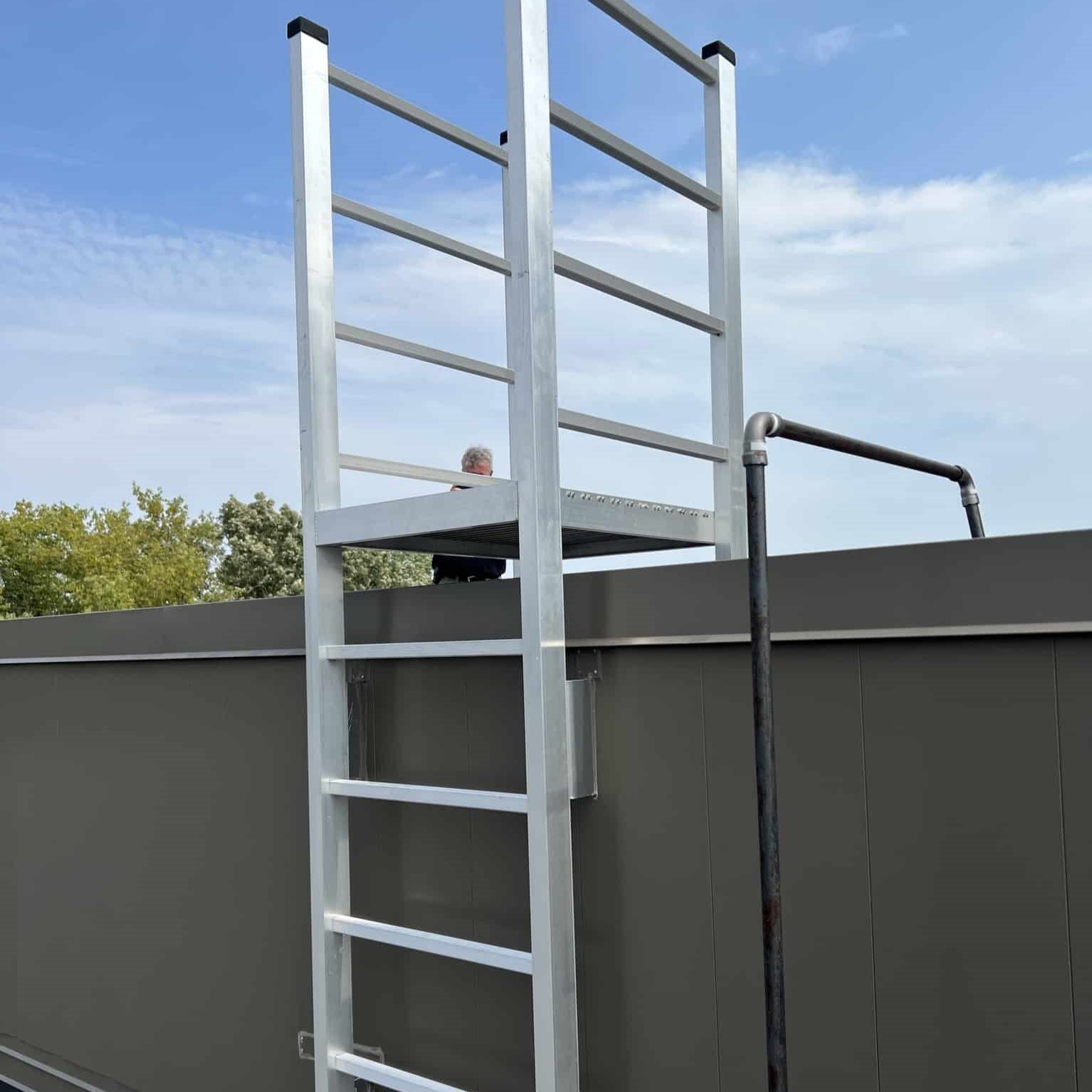


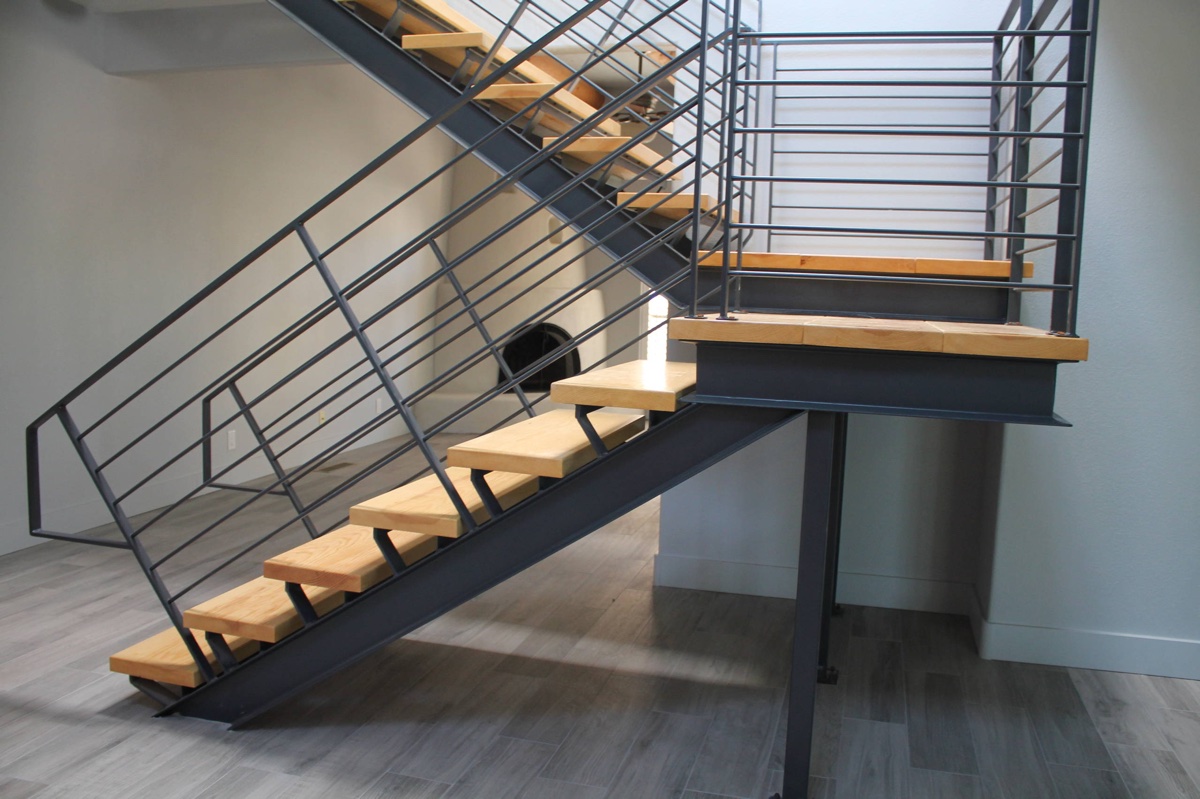
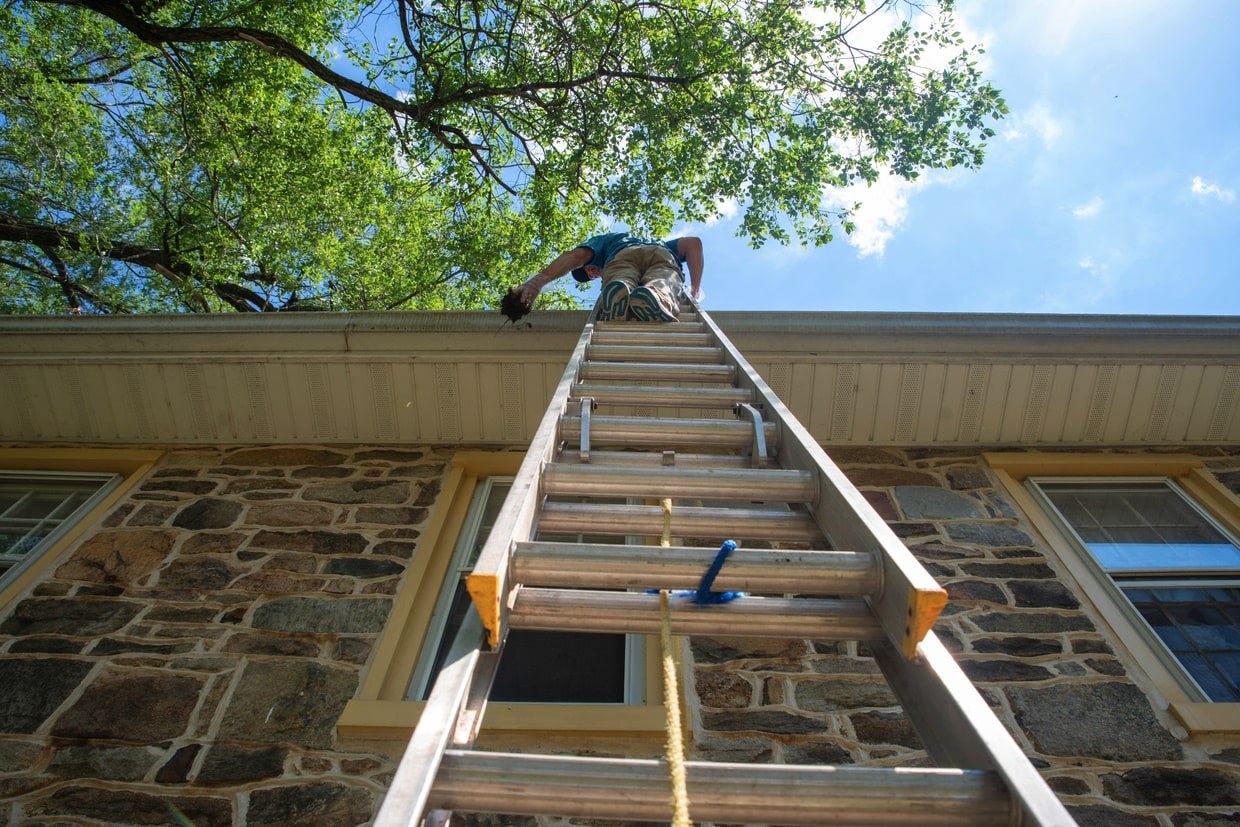

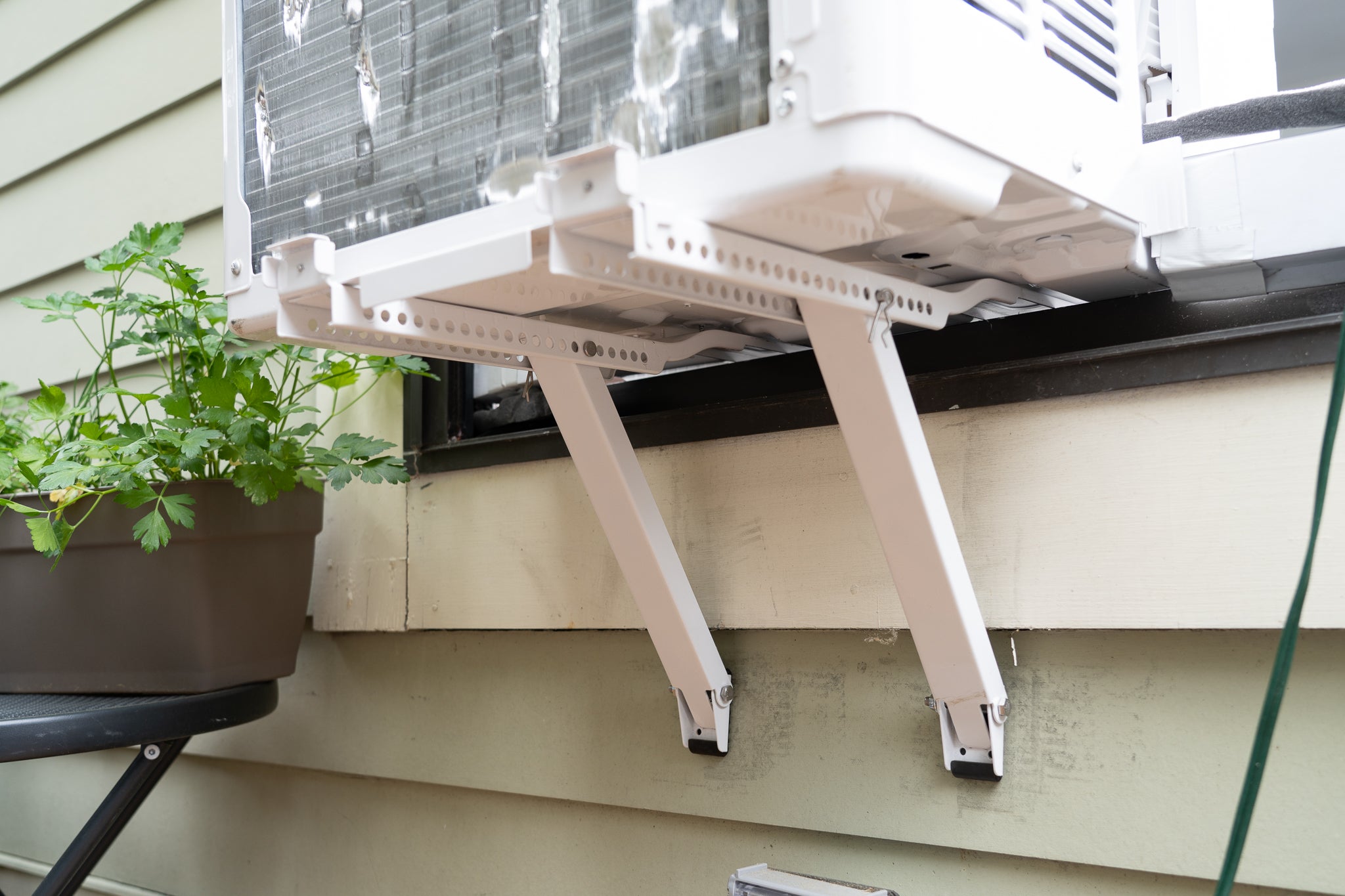
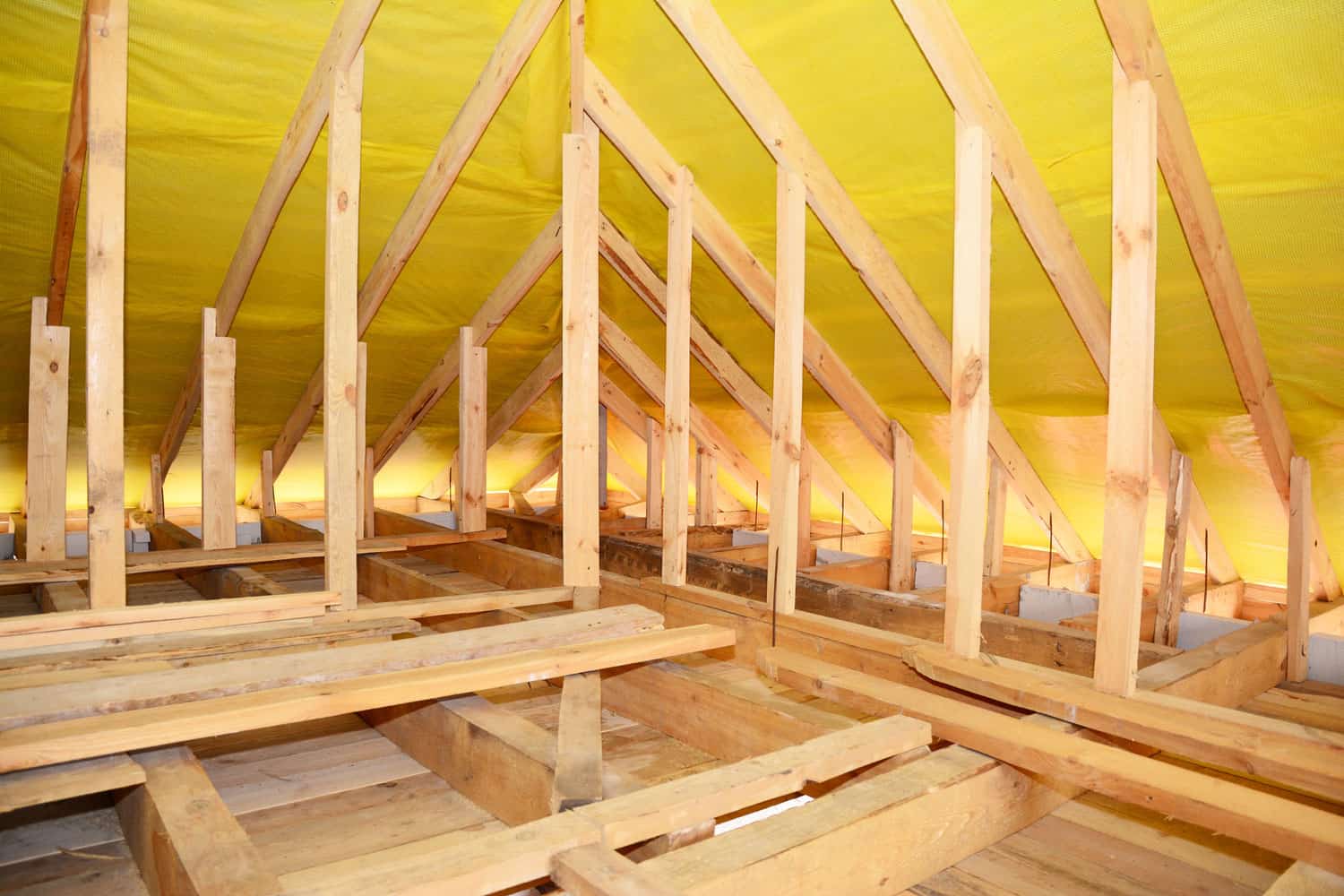

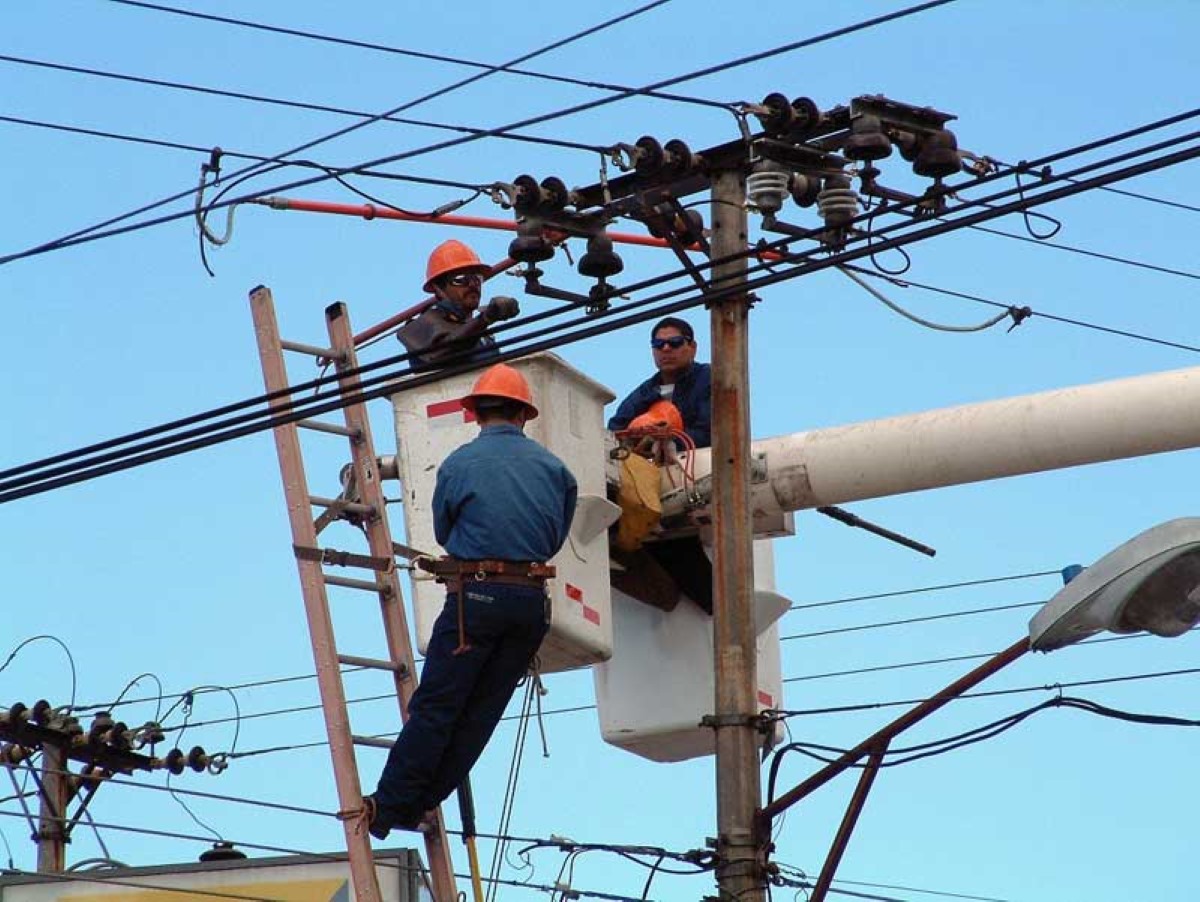
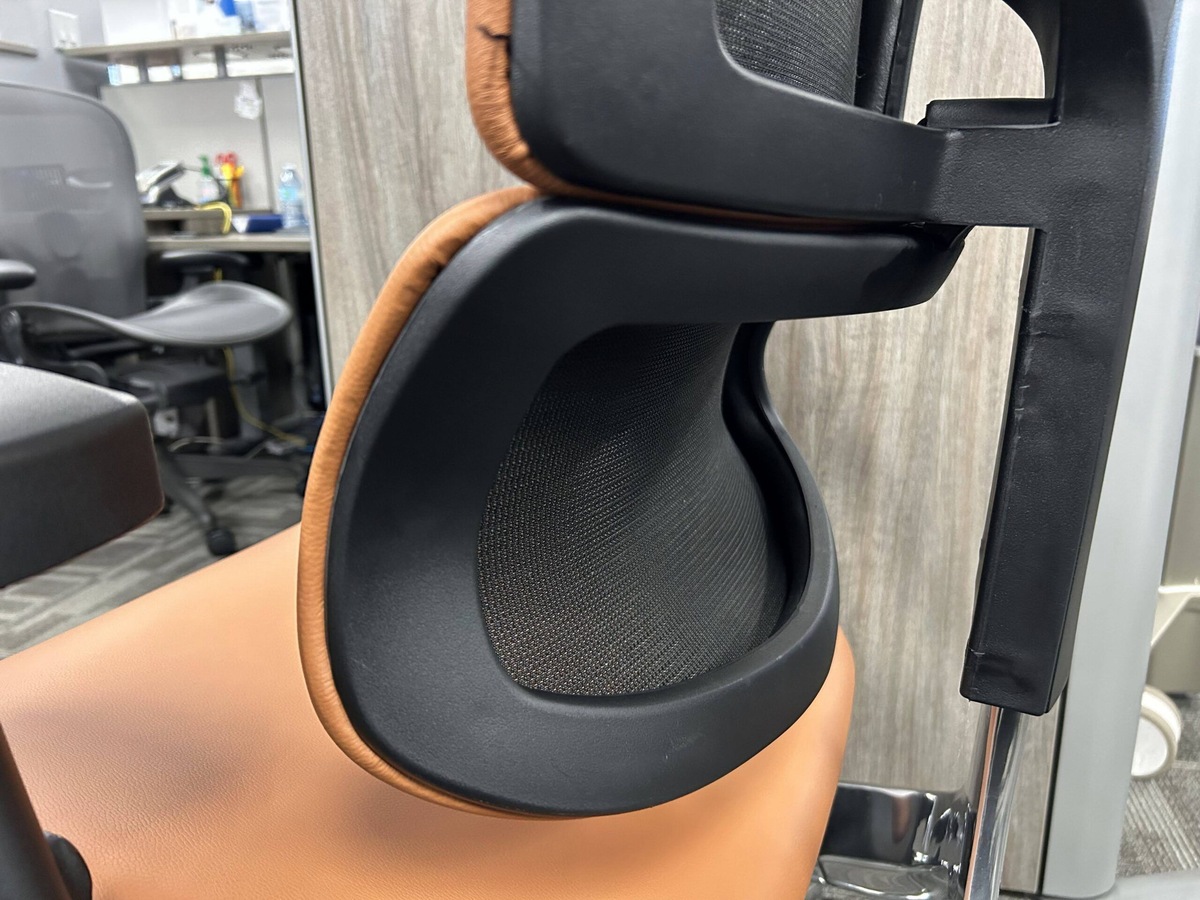

0 thoughts on “Which Ladder Is Self Supporting”